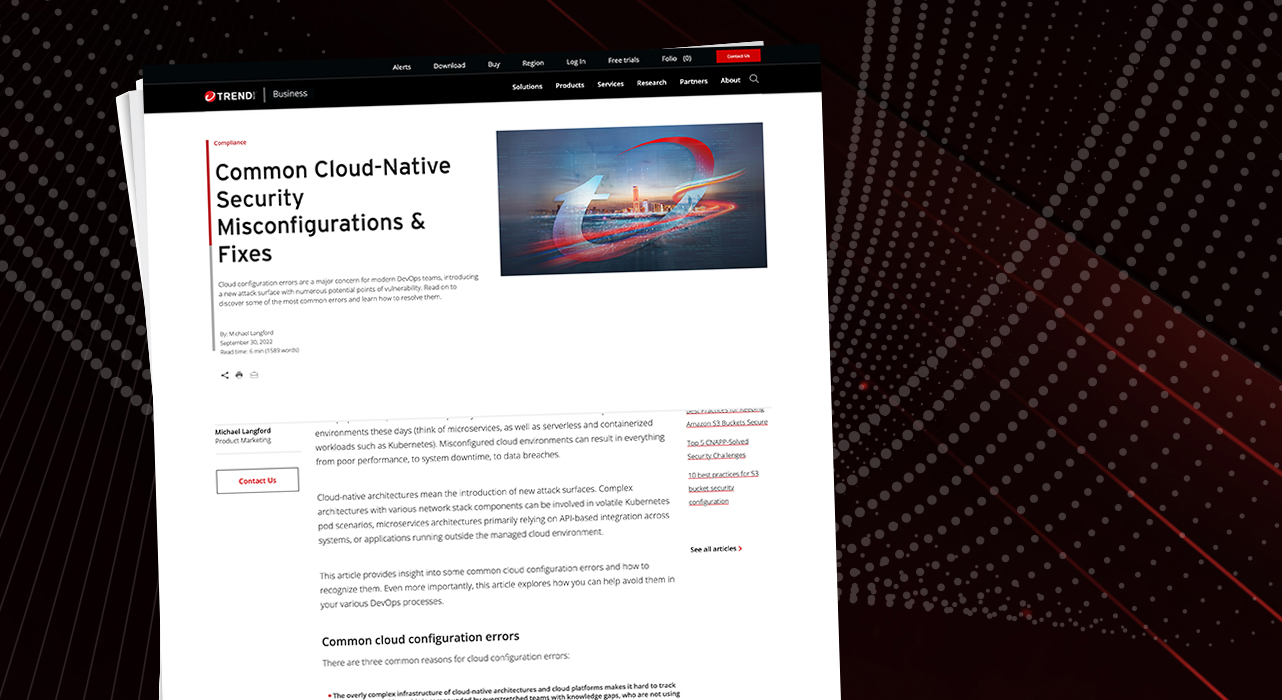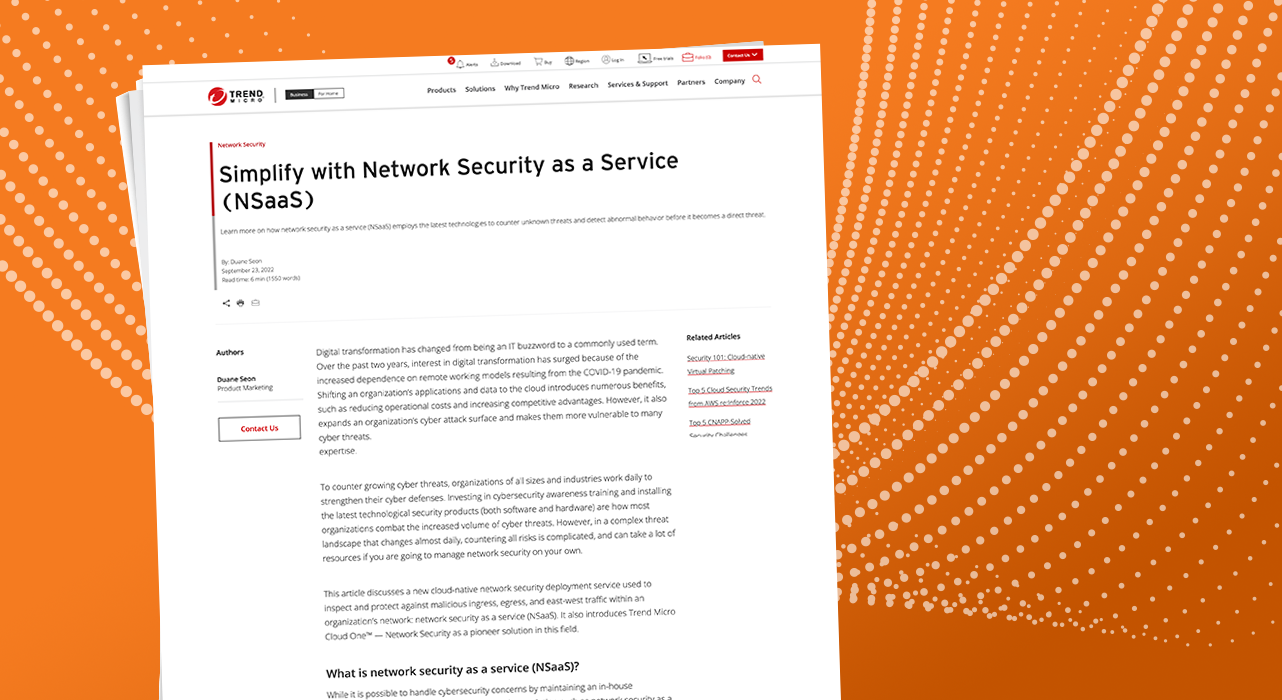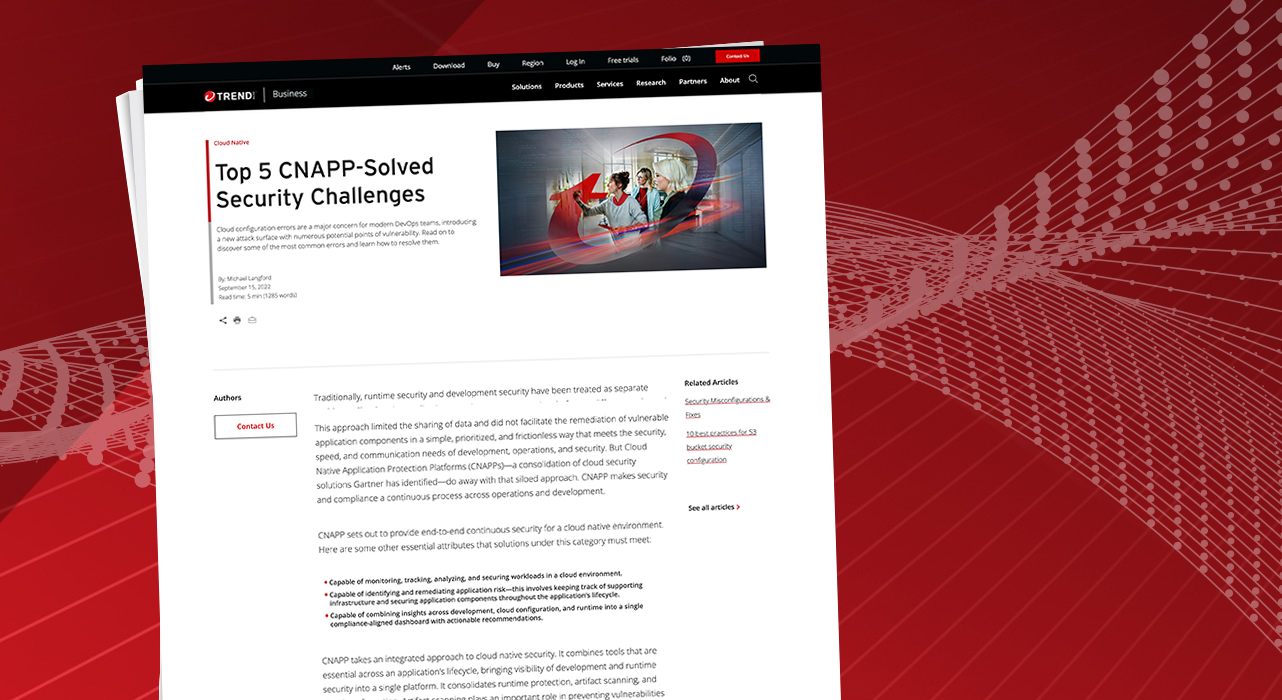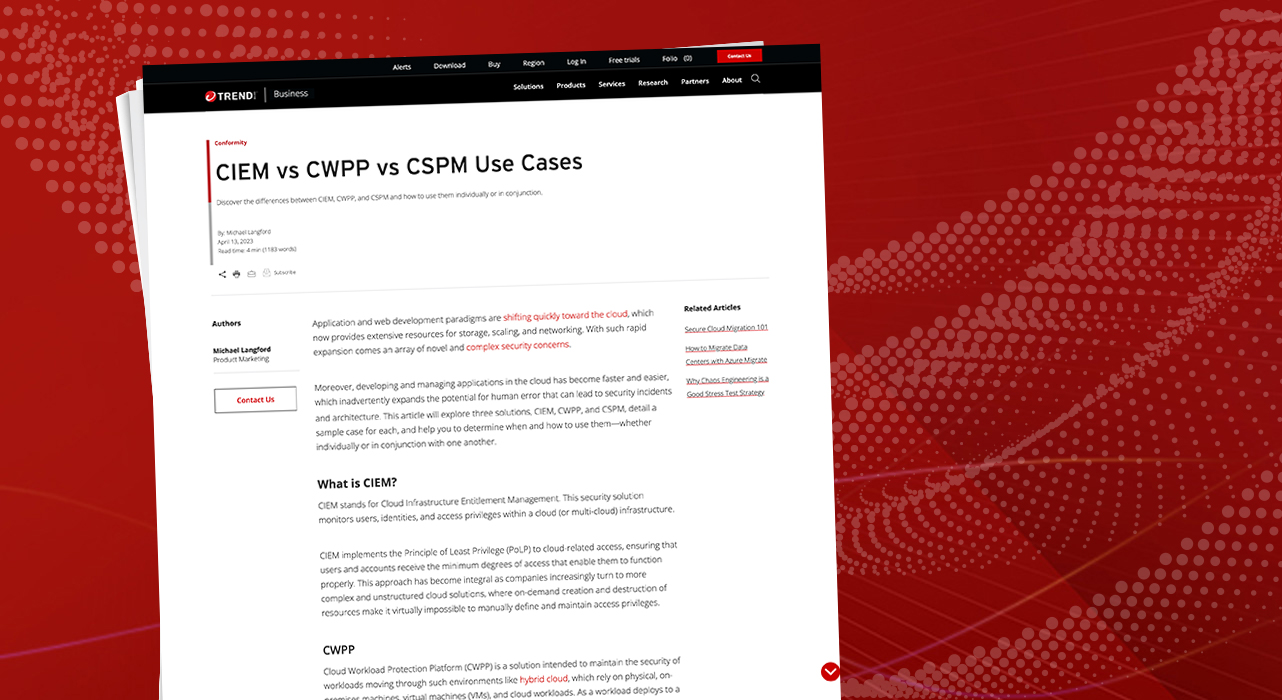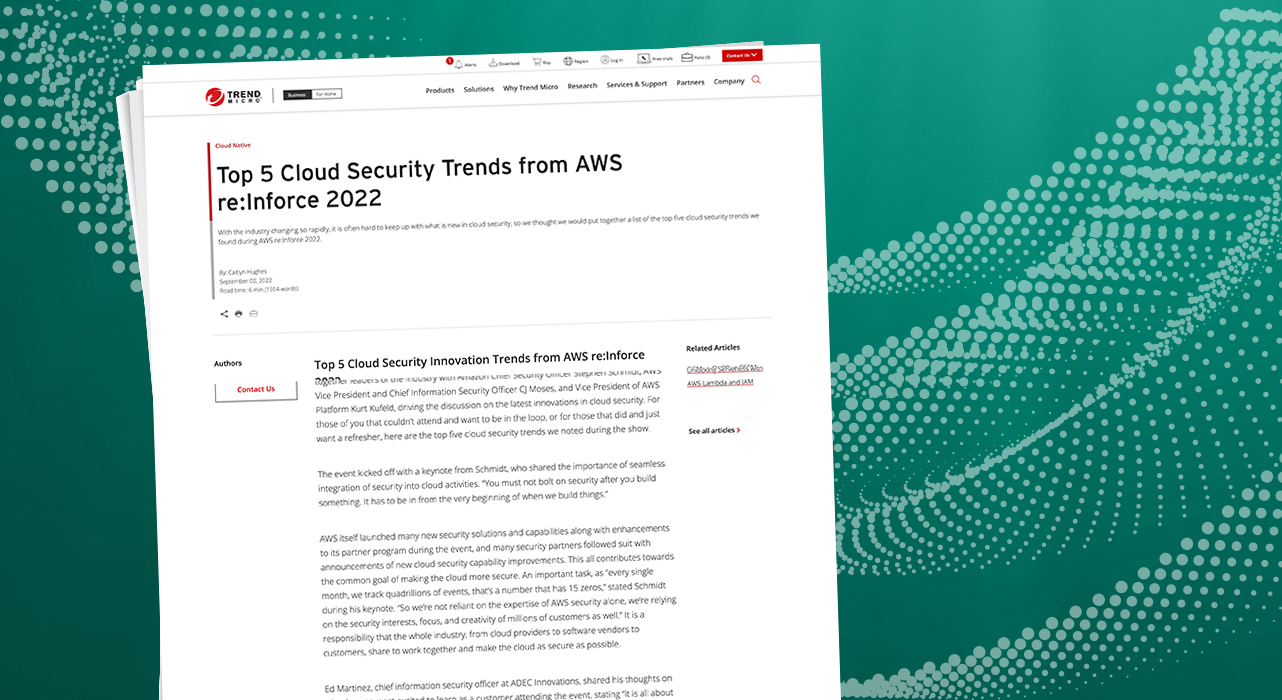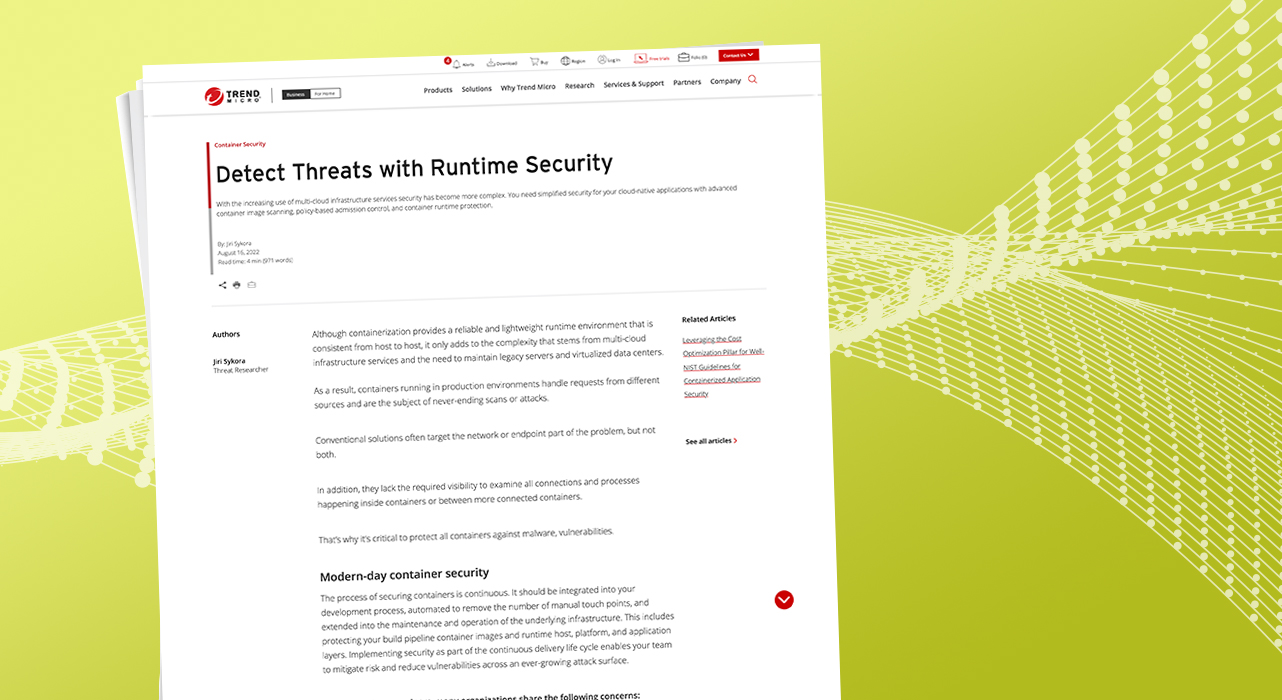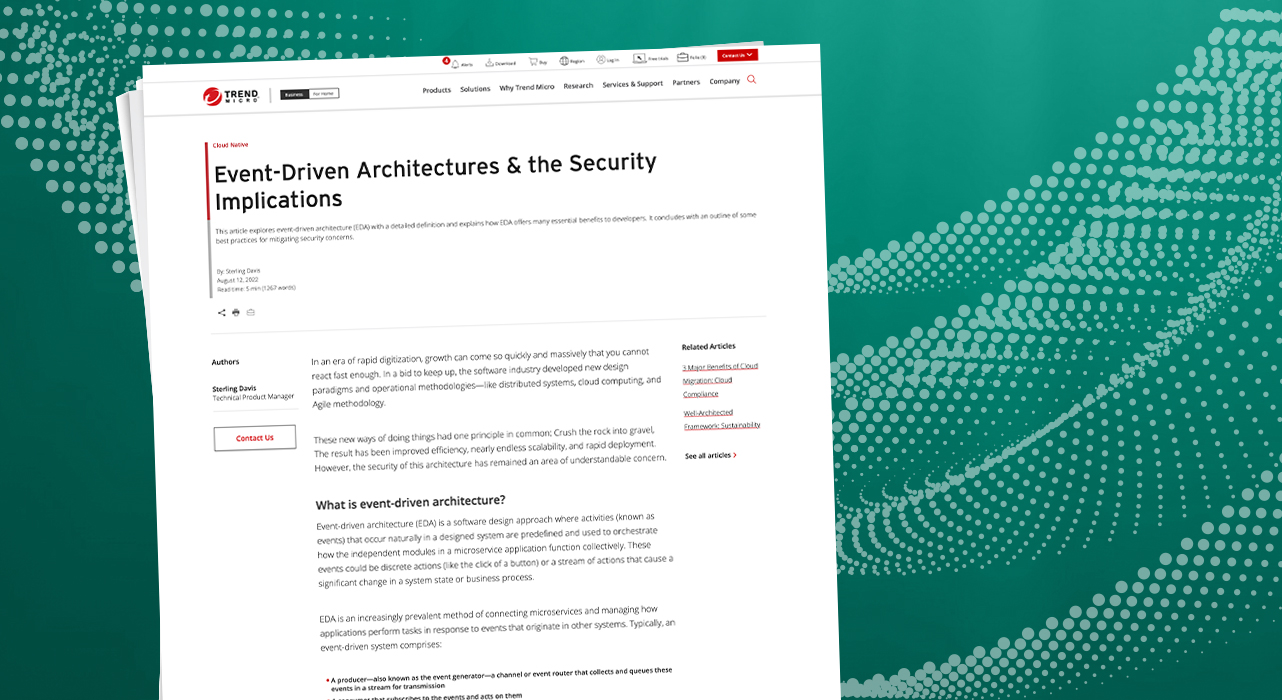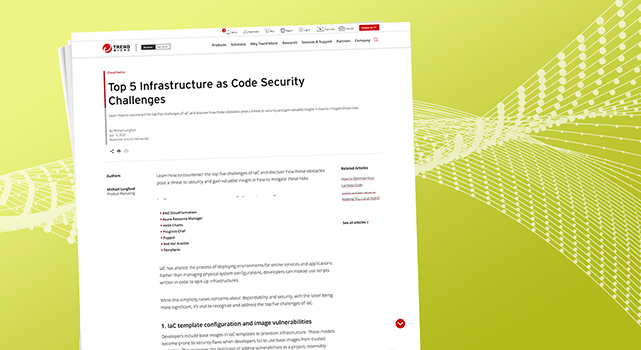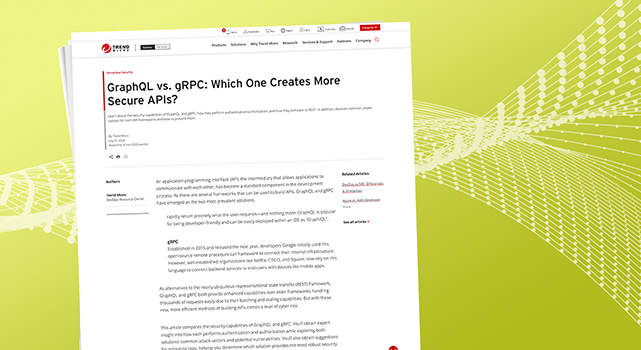- This Eufy robot vacuum has a built-in handheld vac - and just hit its lowest price
- I highly recommend this Lenovo laptop, and it's nearly 50% off
- Disney+ and Hulu now offer prizes, freebies, and other perks to keep you subscribed
- This new YouTube Shorts feature lets you circle to search videos more easily
- I replaced my Kindle with this E Ink tablet that runs Android - and don't regret it
Common Cloud-Native Security Misconfigurations & Solutions
Cloud configuration errors are a significant concern for stakeholders invested in modern DevOps processes, thanks to the quantity of cloud-native software used in production environments these days (think of microservices, as well as serverless and containerized workloads such as Kubernetes). Misconfigured cloud environments can result in everything from poor performance, to system downtime, to data breaches. Cloud-native architectures mean the introduction of new attack surfaces. Complex architectures with various network stack components can be involved…
Read More
